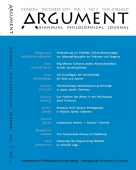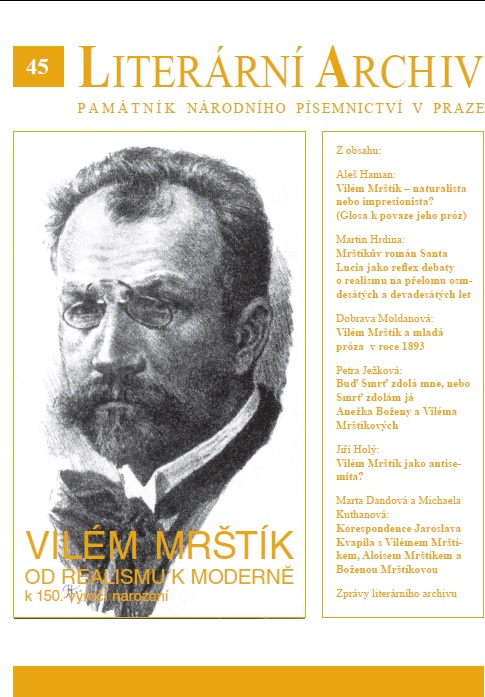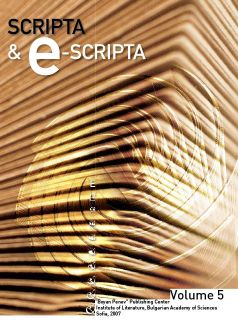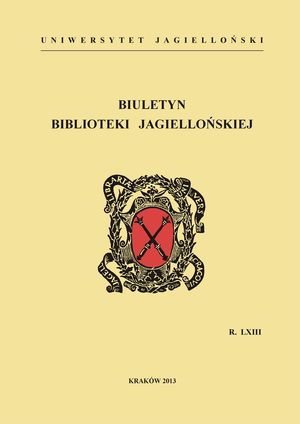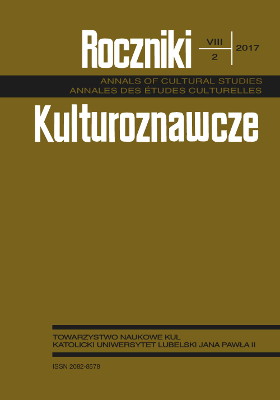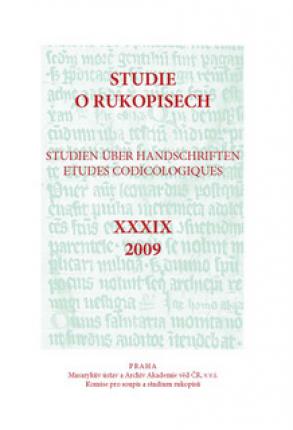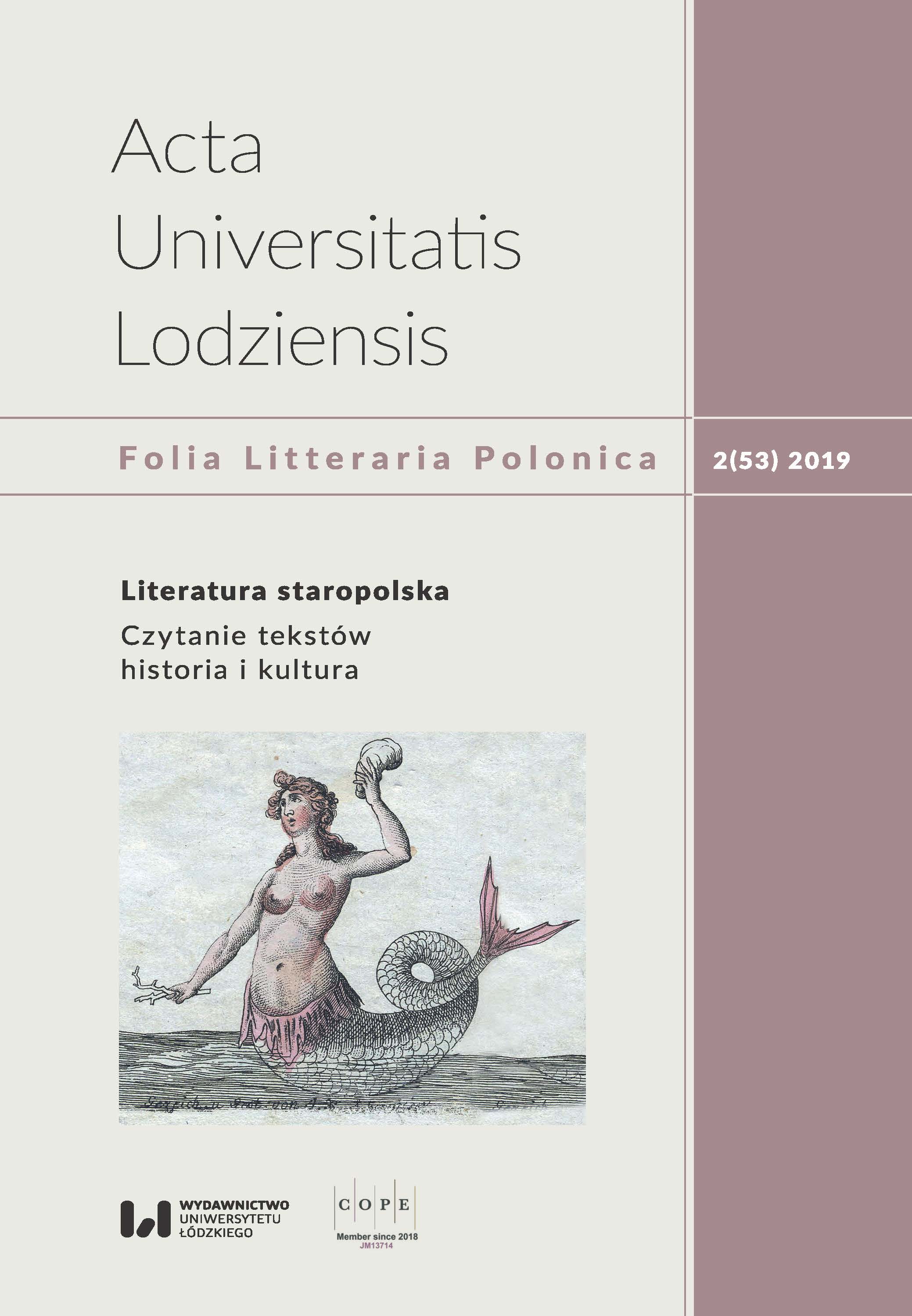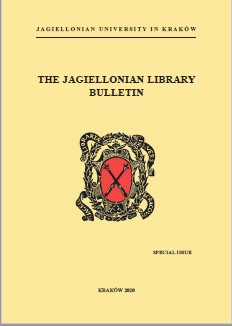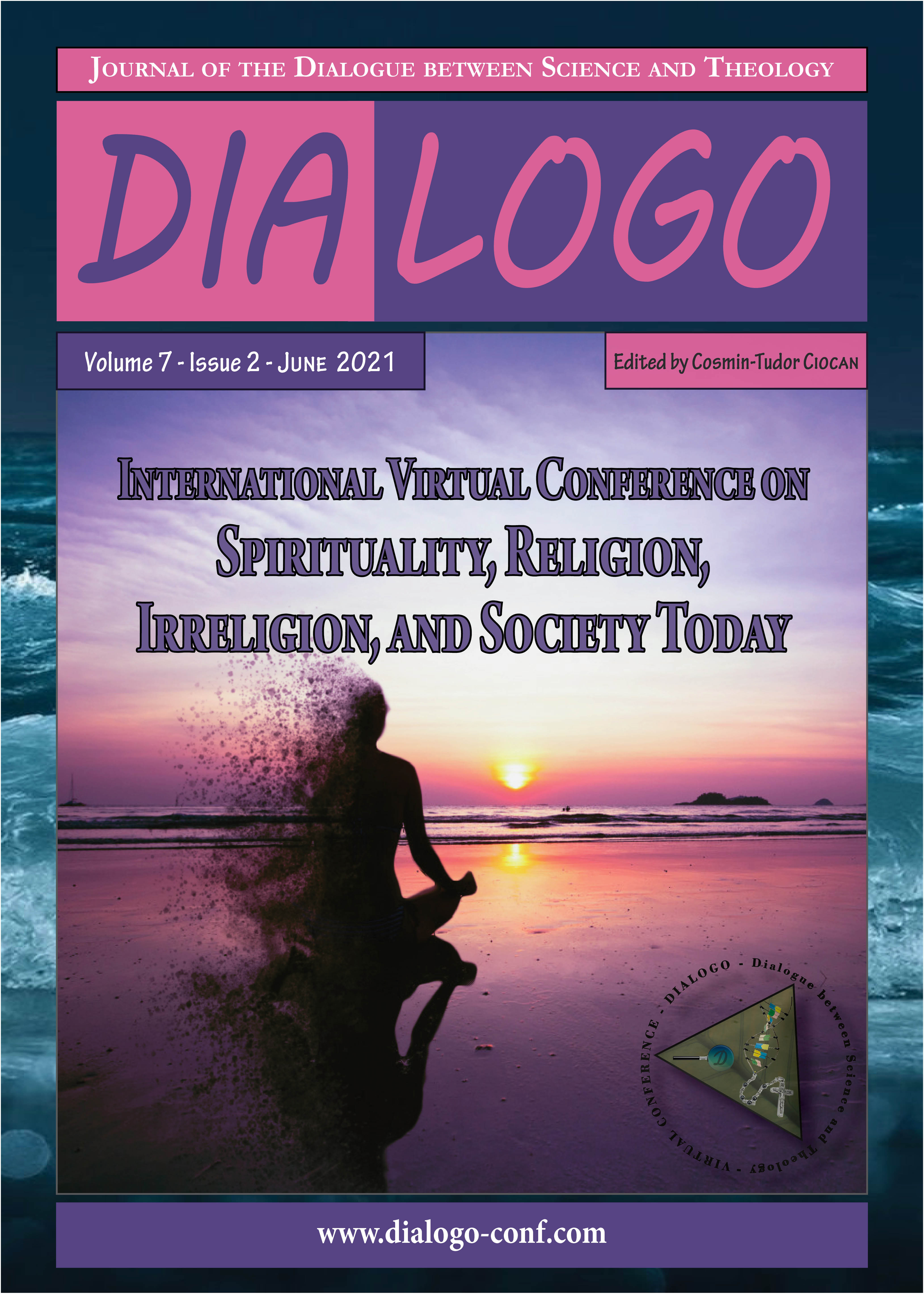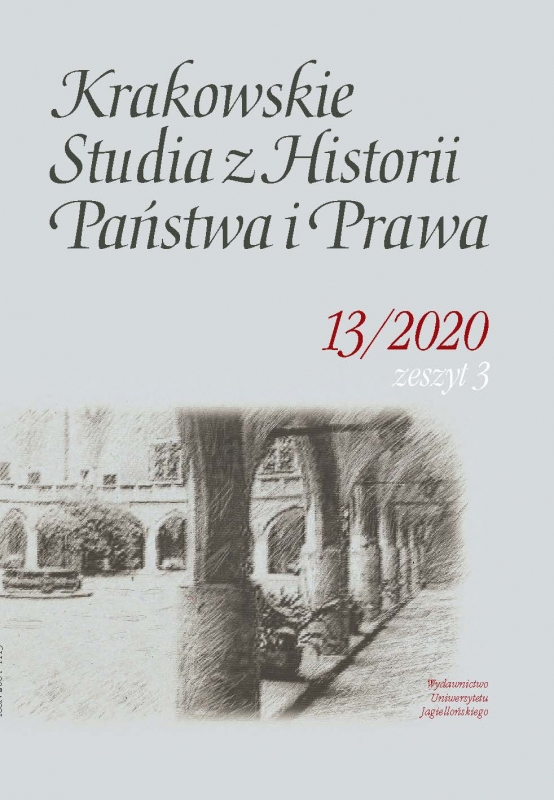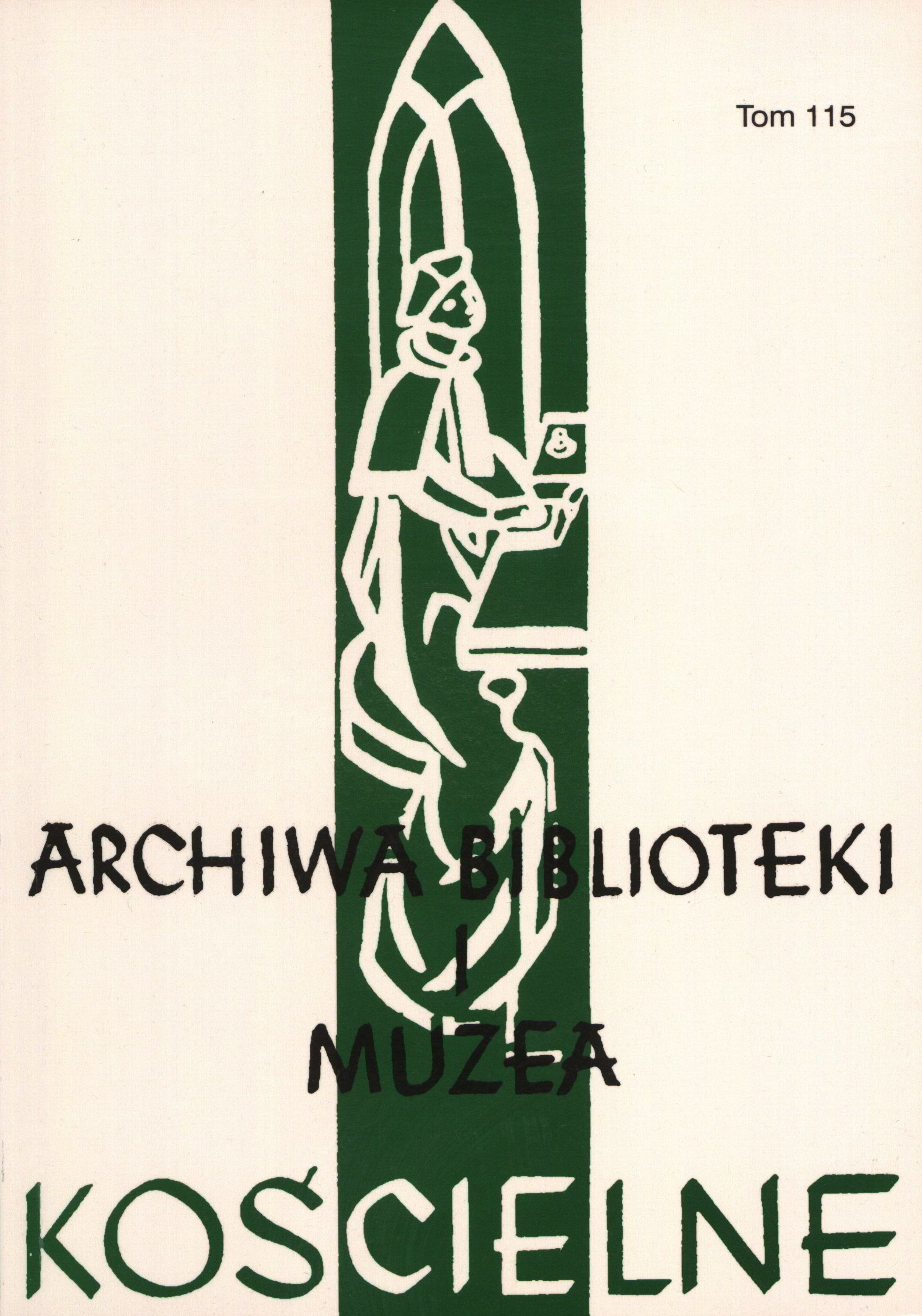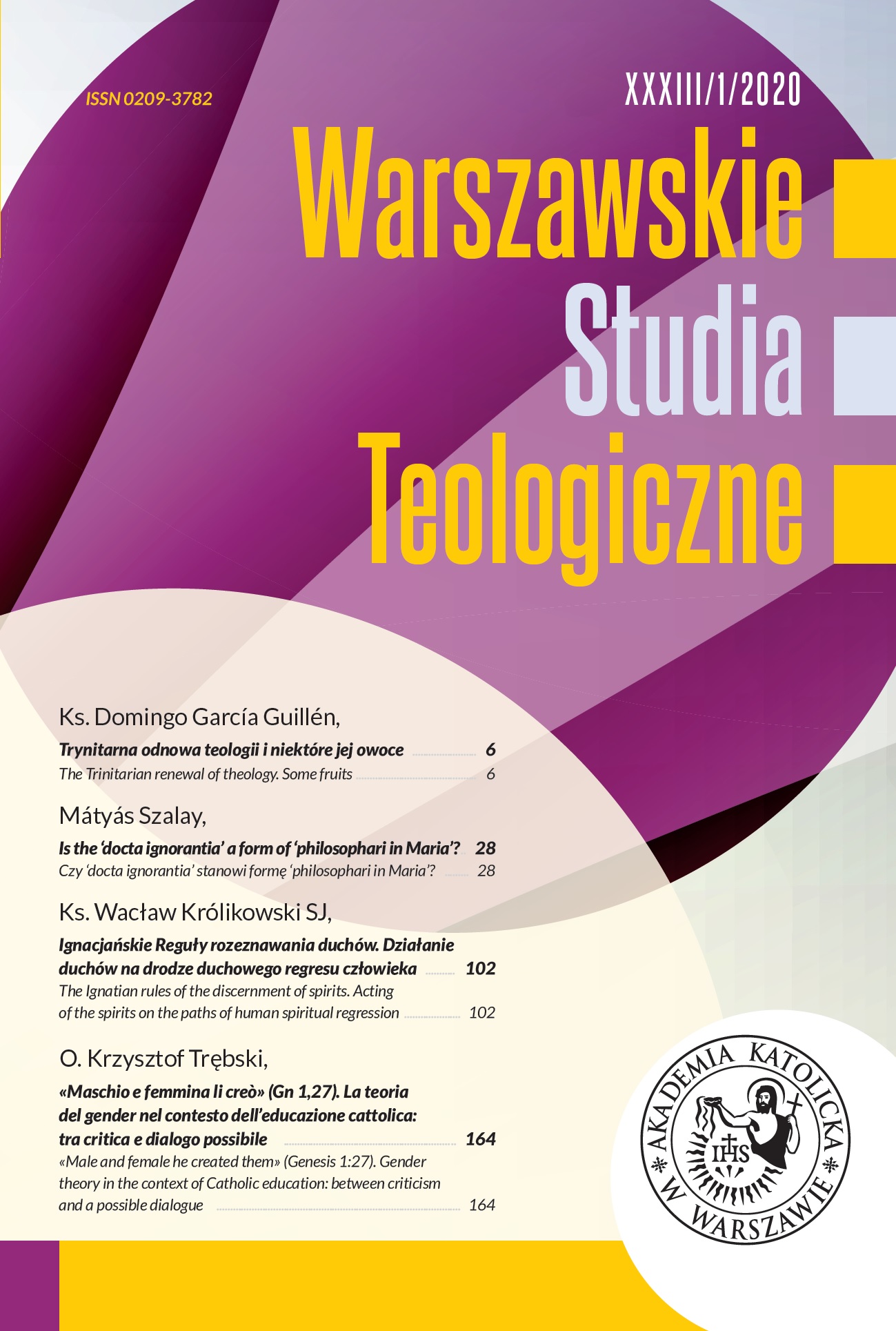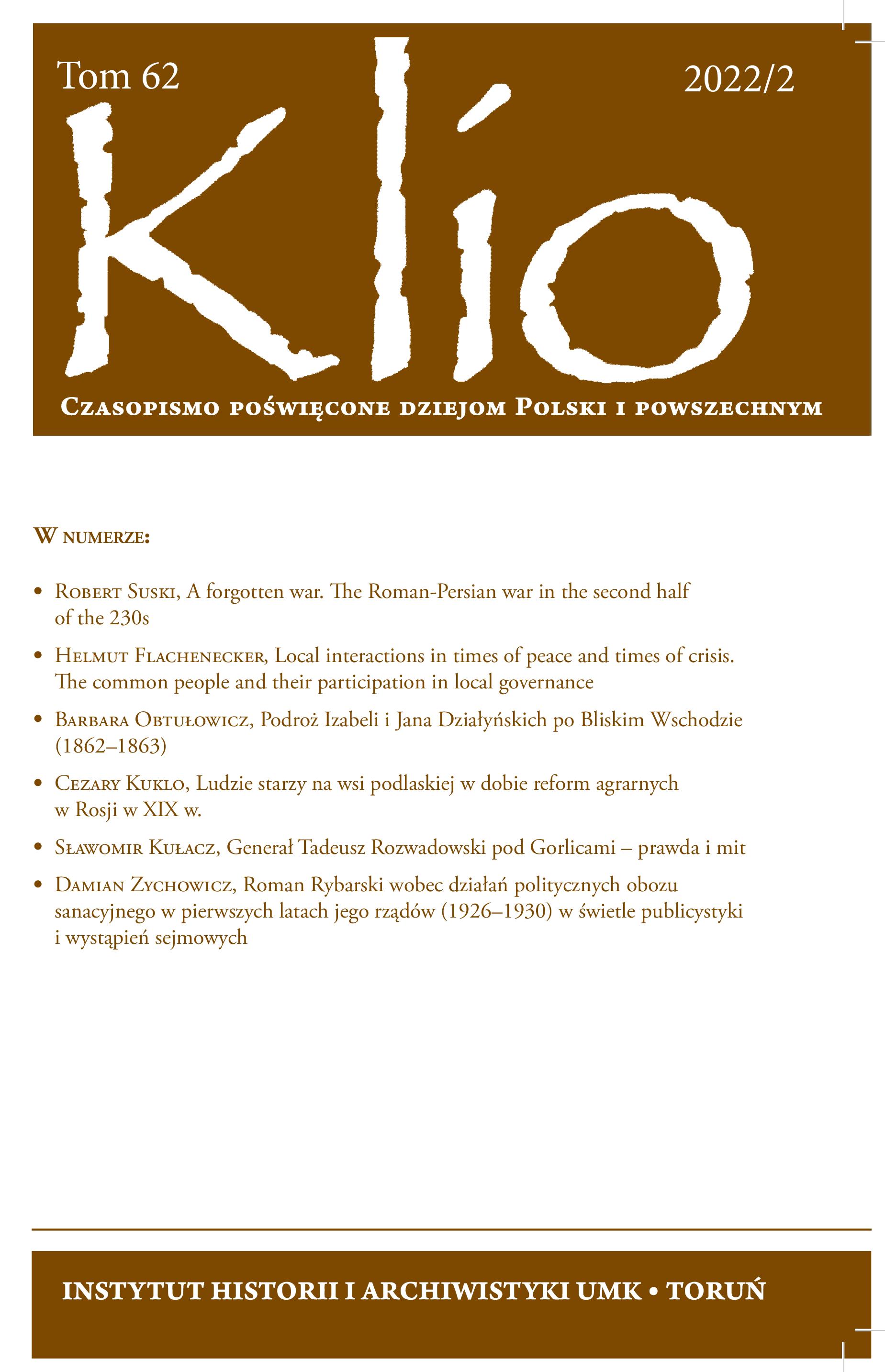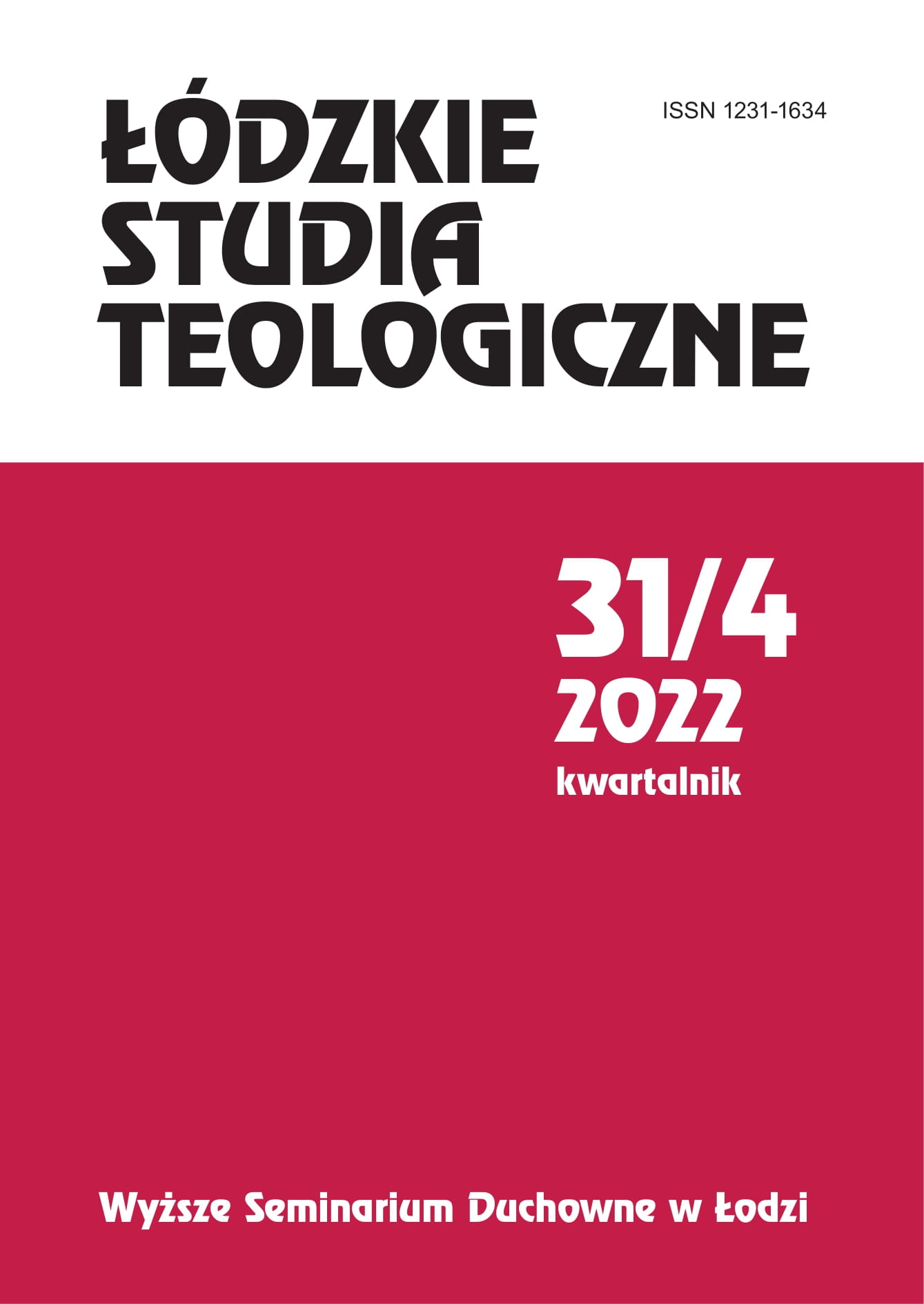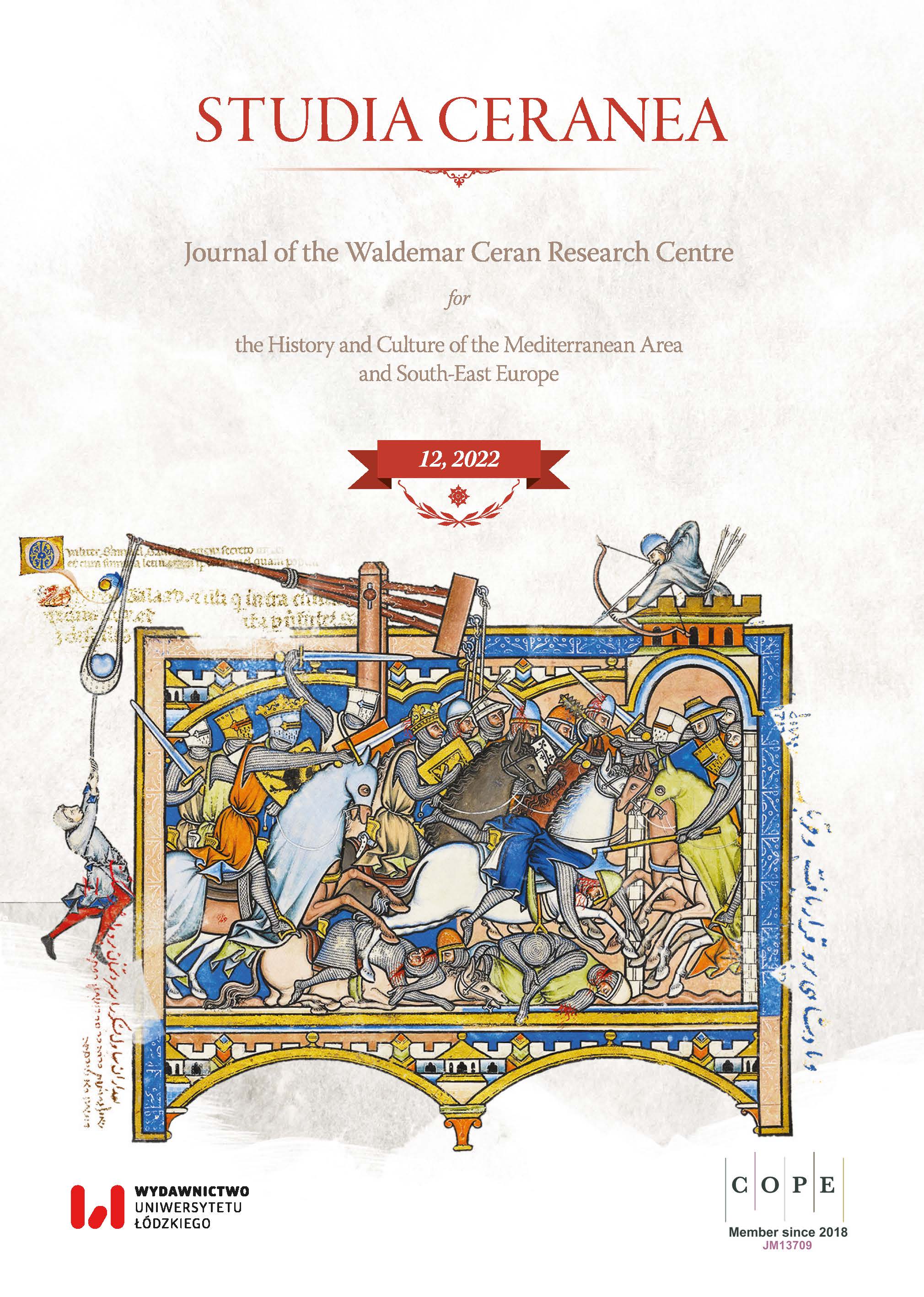Almanach pro Reverendissimo Domino Cardinali Fryderyka Jagiellończyka - historyczne źródło warsztatu astrologa
Author(s): Ewa Śnieżyńska-Stolot / Language(s): Polish
/ Issue: 63/2013
Keywords: Fryderyk Jagiellończyk; Galenus; horoscope; Joannes Lithuanus; bookbinder; Maciej Karpiga; Maciej Miechowita; Mikołaj Krzycki; morbus Gallicus; forecast
The Almanach (BJ, MS 8) consists of a title page (photo no. 1), the Astrological tables for the year 1501, two horoscopes for Fryderyk Jagiellończyk, i.e. the birthday one from 1568 (photo no. 2) and the anniversary one (photo no. 3), which was cast on the day when the Sun marked the Cardinal’s 33rd birthday in 1501, twelve monthly forecasts for that year and an interpretation of those graphs. In the final part of the Astrological tables, the years are not marked (p. 48) and the work closes (p. 50) with a quotation from Ovid’s poem (Tristia 5, 8, 15). The article concerning that part of the Almanach which contains the horoscopes and forecasts for Cardinal Fryderyk Jagiellończyk (p. 28–46), is supplemented by two annexes. The first of these contains the whole text of the Almanach, deciphered by Ryszard Tatarzyński and translated into Polish by Anna Kozłowska, with a comment by Ewa Śnieżyńska-Stolot.
The Almanach was written by several people, the most notable of whom was the author of the graphs and forecasts, probably identical with Maciej Karpiga, also called Miechowita, an astrologer, doctor, historian and geographer, and an eight-time rector of the Cracow Academy. In all probability, he hired a scribe who copied the Astrological tables for the year 1501, the graphs, and the whole text. It was also him that, some time after the manuscript was completed, wrote down his own observations on its margins as well as on the Astrological tables and on the charts.
The text of the Almanach reveals the workshop of a medieval astrologer who interpreted horoscope graphs in accordance with the order of the horoscope houses (I Vita, II Lucrum, III Fratres, IV Parentes, V Filii, VI Valetudo, VII Nuptiae, VIII Mors, IX Peregrinationes, X Honores, XI Amici, XII Inimici). He also used astrolabium. His work is based on Matheseos libri VIII, written by the 4th-century Christian astrologer from Sicily, Julius Firmicus Maternus, and published in print in Venice in 1497, and, like its prototype, involves mythological characters such as Esculap (i.e. Asklepios), the patron god of doctors, and Mercury (i.e. Hermes Trismegistos) as well as the historical ones such as the Egyptian priest Petosiris and the Neo-Platonic philosophers, Plotinus and Porphyrius. He also quotes Abenragl (Abû l-Hasan ‘Ali ibn Abi l-Rijâ), an Arabic astrologer who died after 1037, whose work entitled Liber de iudiciis stellarum was translated in the 15th century into vernacular languages. In the marginal notes, however, he mentions Rasi (Abū Barkr Muhammed ibn Zakariya al-Razi), a Persian doctor and alchemist who died in 925, and his work entitled Liber ad Almansorem, which was translated into Latin by Gerardus of Cremona.
During the process of binding, the following elements were glued to the title page of the Almanach: a folio with the coat of arms of Fryderyk Jagiellończyk (i.e. the crownless Eagle of the Jagiellons below a cardinal’s hat and an archbishop cross [...]
More...

